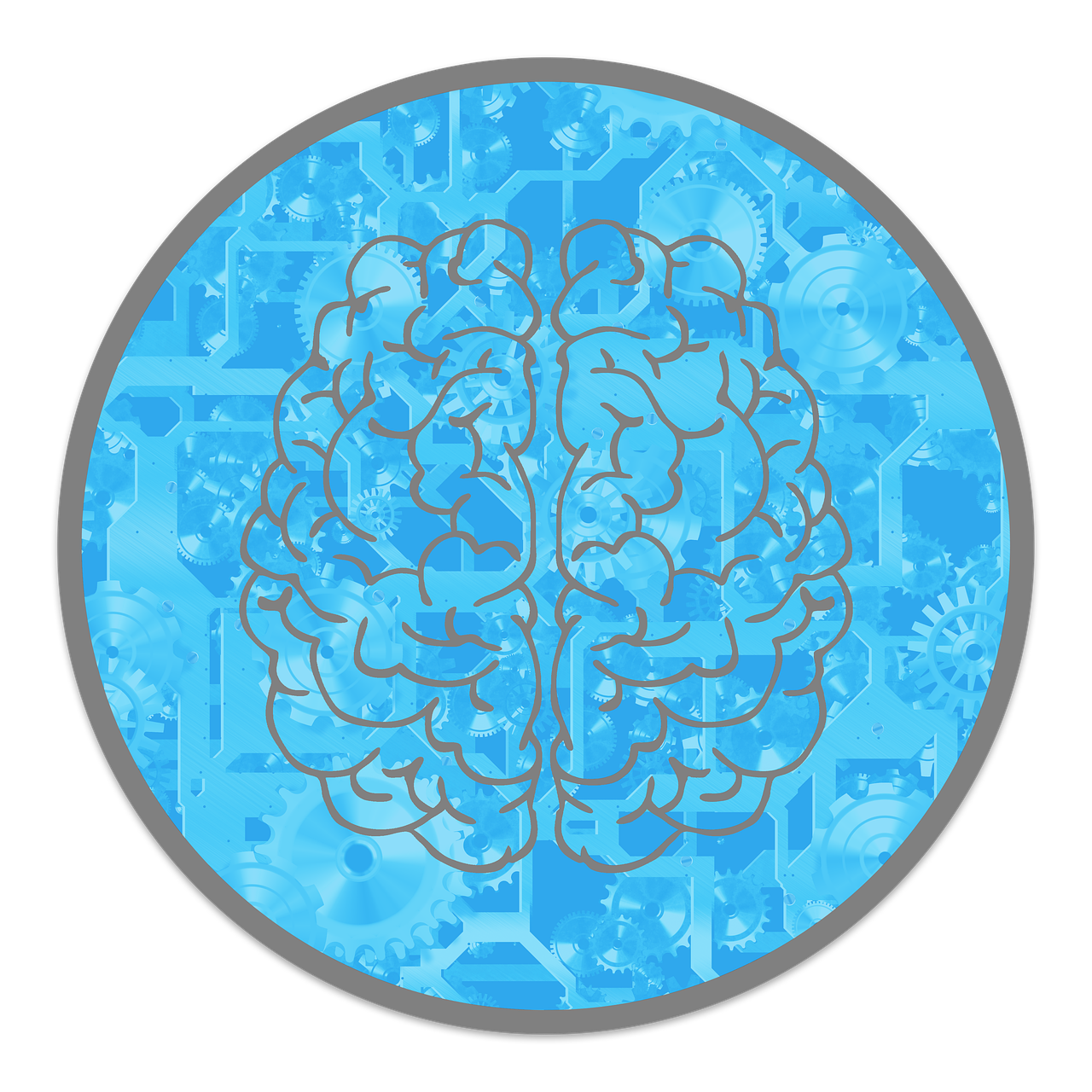
Could our thoughts, feelings, and perceptions all be simulated without the need for a body?
The “brain in a jar” theory tackles one of humanity’s most profound questions: whether consciousness could exist independently of the body.
This fascinating idea has captivated philosophers, scientists, and science fiction enthusiasts for decades, raising questions about the nature of consciousness, reality, and our connection to the world.
Let’s dive into the intriguing concept of the brain in a jar and explore whether consciousness can, in fact, exist without a physical body.
The Philosophical Roots of the Theory
The idea of a brain operating independently of a body has roots in classical philosophy.
One of the earliest and most famous explorations of this concept comes from René Descartes, a 17th-century French philosopher.
Descartes’ famous quote, “I think, therefore I am,” was part of his quest to determine what he could be certain of in a world that could be an illusion.
Descartes imagined that an evil demon could be deceiving his senses, making him doubt the existence of the physical world.
This notion laid the groundwork for questioning what consciousness is and if it can exist separately from the body.
In the 20th century, American philosopher Hilary Putnam expanded on Descartes’ ideas with the “brain in a vat” thought experiment.
Putnam’s version asked us to imagine that a brain could be kept alive in a vat, with artificial stimuli creating the perception of reality.
According to Putnam, if this brain receives electrical signals that mimic sensory information, it could theoretically “experience” the world just as we do.
This idea raises profound questions: is consciousness simply a product of electrical signals in the brain, and could it persist even without a physical body?

The Science of Consciousness
To understand if consciousness could exist without a body, we first need to understand what consciousness is.
Consciousness is the state of being aware of and able to think about one’s own existence, emotions, and surroundings.
Although science has made incredible strides in mapping brain functions, consciousness itself remains a complex mystery.
According to a study in Nature Neuroscience, consciousness likely arises from a complex network of neural connections and interactions rather than from a single part of the brain.
In recent years, researchers have used brain imaging technologies like functional MRI (fMRI) to study how consciousness arises from neural activity.
Studies show that specific brain regions are linked to awareness and self-reflection, such as the prefrontal cortex.
However, scientists remain divided on whether these neural processes could function without the body’s sensory input.
Some believe that consciousness might depend on feedback from our body’s senses, while others argue that the brain alone could generate conscious experiences if given the right stimuli.
The question remains: could a brain in a jar, supplied with artificial stimuli, produce conscious experiences indistinguishable from reality?
While there’s no definitive answer, emerging brain-machine interface research, such as work at DARPA (the Defense Advanced Research Projects Agency), has demonstrated that artificial neural stimulation can indeed evoke sensory experiences in the brain.
These studies give some weight to the possibility that a brain might, in theory, function without a body.
The Brain in a Jar: A Thought Experiment
The brain in a jar thought experiment takes this idea to its extreme.
Imagine a brain that has been surgically removed from a human body but is kept alive in a nutrient-rich vat.
Electrodes attached to the brain deliver signals replicating sensory information like sight, sound, and touch.
This setup would theoretically create a simulated experience, with the brain “believing” it is interacting with a physical world.
One compelling depiction of this concept appears in the Matrix trilogy, where humans live in a simulated reality created by machines.
The brain in a jar theory is also explored in academic psychology, with some psychologists suggesting that our perception of reality might be more subjective than we think.
In other words, if our brain can create experiences based on sensory input alone, could it be tricked into believing in a completely artificial reality?

Criticisms and Counterarguments
While the brain in a jar theory is captivating, it also faces several criticisms:
Embodiment theory
This concept argues that consciousness is not just a product of the brain but a result of interactions between the brain and body.
Research published in Trends in Cognitive Sciences supports the idea that sensory feedback from our body helps shape consciousness.
For example, proprioception—our body’s awareness of its own position—plays a critical role in self-perception, suggesting that an isolated brain might lack the grounding needed for true self-awareness.
Biological complexity
Critics also point to the biological complexity of the brain and body connection.
The brain relies on constant chemical and hormonal feedback from the body to regulate functions like mood, hunger, and stress.
Without these interactions, critics argue, the brain might lack the essential components that contribute to a full range of conscious experiences.
Ethics and practicality
Creating a brain in a jar with conscious experiences raises ethical questions.
Keeping a brain alive artificially would present numerous challenges, and the ethical implications of “creating” a conscious experience would be profound.
The problem of “True Reality”
A key critique of the brain in a jar theory is the problem of establishing reality.
If the brain’s experiences are all simulations, then how can it ever know what’s real?
This problem ties back to philosophical questions about how we can verify reality at all, as discussed in works like Descartes’ Meditations.
These criticisms suggest that while the brain in a jar theory is theoretically interesting, it may oversimplify the complexities of consciousness and the brain-body relationship.

Final Thoughts
The brain in a jar theory explores the boundaries of consciousness, reality, and what it means to be human.
By questioning whether a brain can generate conscious experiences without a body, this thought experiment pushes us to consider the relationship between our mind, body, and the external world.
Although science has yet to prove whether consciousness can exist independently of the body, advances in neuroscience and artificial intelligence continue to expand our understanding of these concepts.
The brain in a jar theory reminds us that our perception of reality may be more subjective than we realize.
Ultimately, this idea challenges us to explore what defines our experiences, our identity, and the true nature of consciousness.


